Central Composition is Brilliant
Central composition is considered by many as downright boring. Here is what I say in return: cliché. When used well, I absolutely adore central composition, there’s nothing else quite like it. Of course, there is a strong reason why so many photographers, when giving advice to beginners, start with the phrase “don’t put your subject in the middle”. So, in order to see central composition for what it really is, perhaps we should first understand why it’s so avoided. And the reason for it is surprisingly simple.
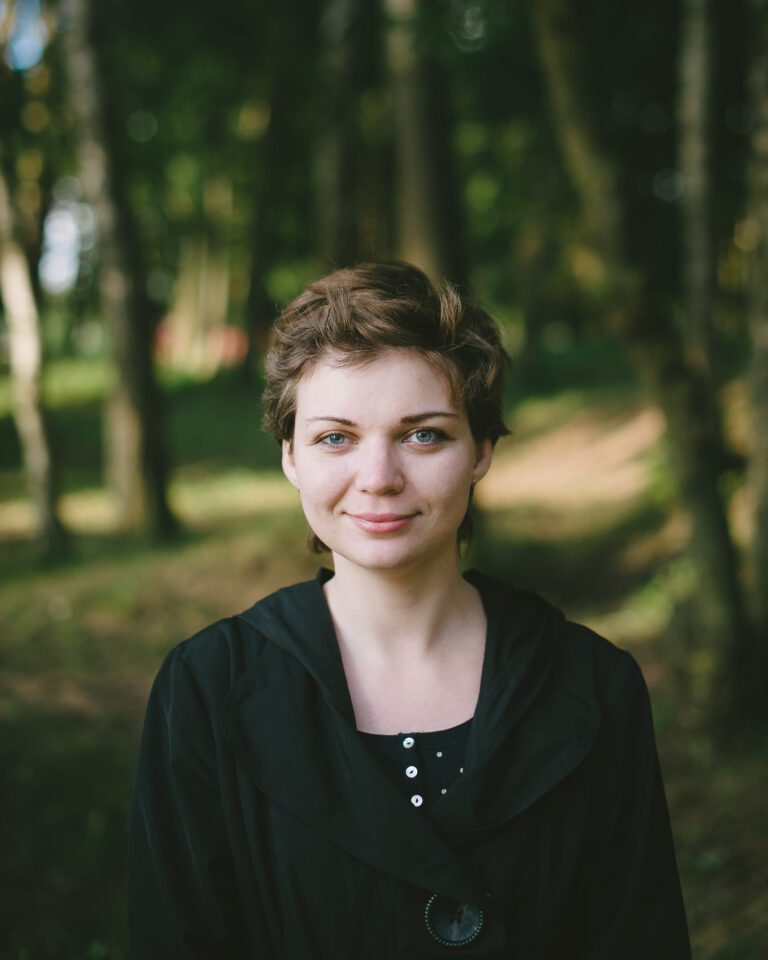 NIKON D700 + 50.0 mm f/1.4 @ ISO 200, 1/400, f/2.0
NIKON D700 + 50.0 mm f/1.4 @ ISO 200, 1/400, f/2.0
يعتبر الكثيرون أن التكوين المركزي ممل تمامًا. وهذا ما أقوله في المقابل: كليشيهات. عند استخدامها بشكل جيد، فأنا أعشق التركيبة المركزية تمامًا، ولا يوجد شيء آخر يشبهها تمامًا. بالطبع، هناك سبب قوي يجعل الكثير من المصورين، عند تقديم النصائح للمبتدئين، يبدأون بعبارة "لا تضع موضوعك في المنتصف". لذا، لكي نرى التكوين المركزي على حقيقته، ربما ينبغي علينا أولاً أن نفهم سبب تجنبه. والسبب في ذلك بسيط بشكل مدهش.
Central composition is considered by many as downright boring. Here is what I say in return: cliché. When used well, I absolutely adore central composition, there’s nothing else quite like it. Of course, there is a strong reason why so many photographers, when giving advice to beginners, start with the phrase “don’t put your subject in the middle”. So, in order to see central composition for what it really is, perhaps we should first understand why it’s so avoided. And the reason for it is surprisingly simple.
 NIKON D700 + 50.0 mm f/1.4 @ ISO 200, 1/400, f/2.0
NIKON D700 + 50.0 mm f/1.4 @ ISO 200, 1/400, f/2.0يعتبر الكثيرون أن التكوين المركزي ممل تمامًا. وهذا ما أقوله في المقابل: كليشيهات. عند استخدامها بشكل جيد، فأنا أعشق التركيبة المركزية تمامًا، ولا يوجد شيء آخر يشبهها تمامًا. بالطبع، هناك سبب قوي يجعل الكثير من المصورين، عند تقديم النصائح للمبتدئين، يبدأون بعبارة "لا تضع موضوعك في المنتصف". لذا، لكي نرى التكوين المركزي على حقيقته، ربما ينبغي علينا أولاً أن نفهم سبب تجنبه. والسبب في ذلك بسيط بشكل مدهش.

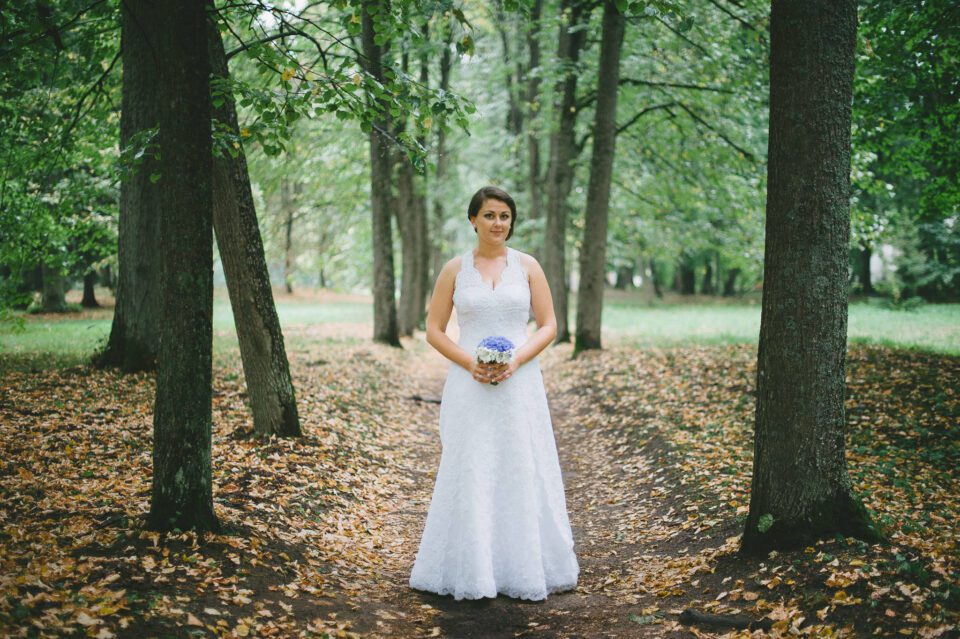
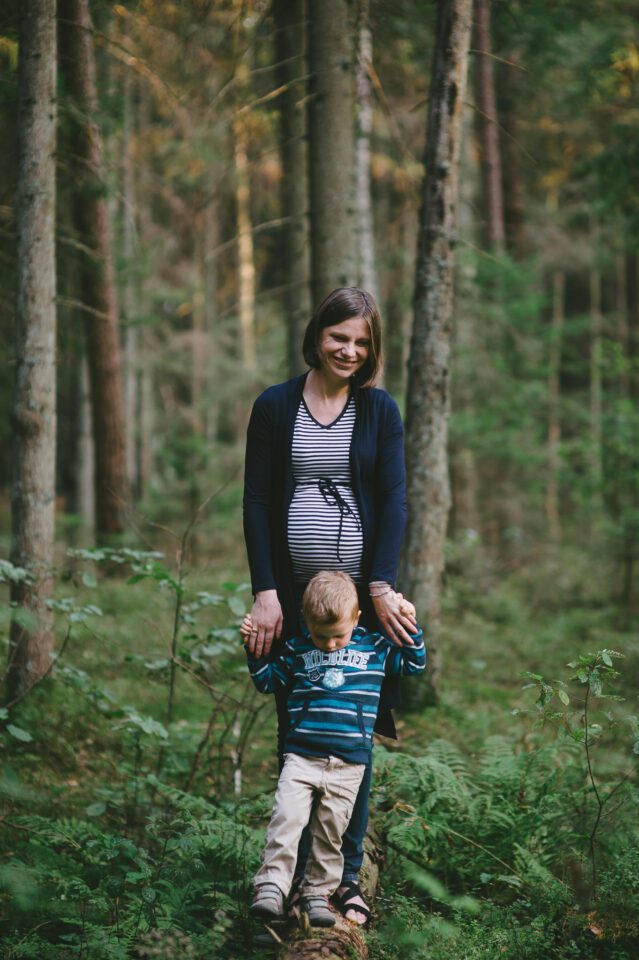
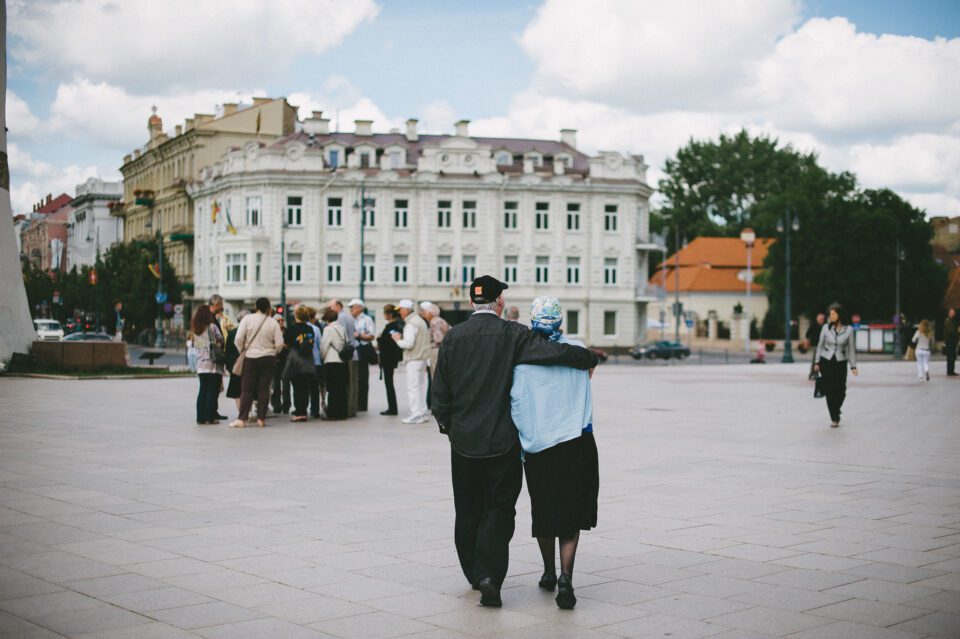

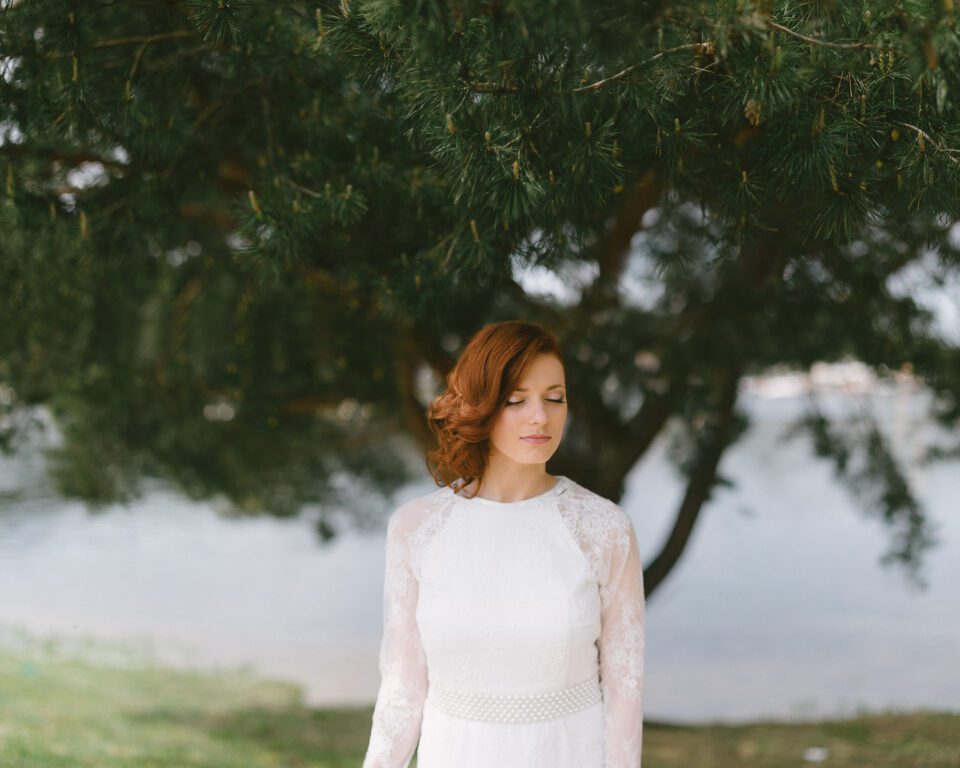

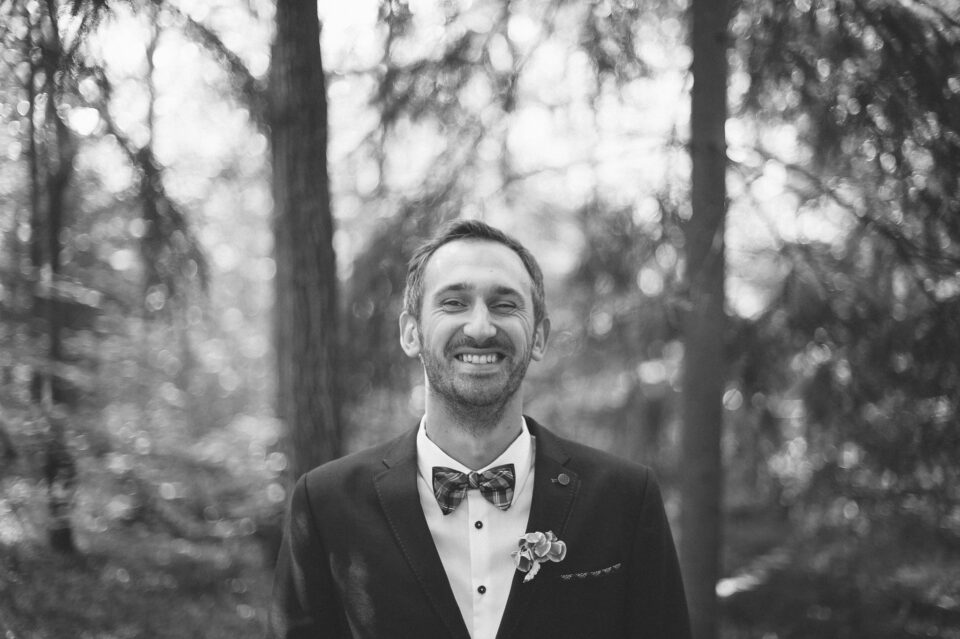
تعليق